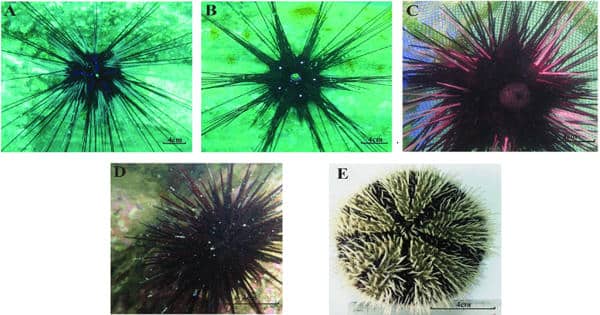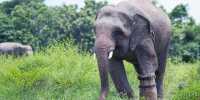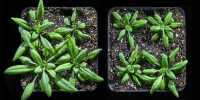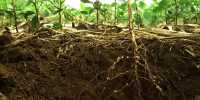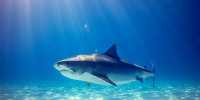In California, sea urchins get a lot of attention. Red urchins support a thriving fishery, whereas their purple cousins are frequently blamed for destroying kelp forests in order to create urchin barrens. Despite all of our attention, we know surprisingly little about the microbiomes that support these spiny species.
Researchers at UC Santa Barbara, led by geneticist Paige Miller, set out to discover the diversity of these important kelp forest inhabitants’ guts. Their findings show that the microbiota of the two species, as well as individuals living in different habitats, differ significantly. The study, published in Limnology and Oceanography Letters, is the first step toward understanding the function of urchin microbial communities, including the possibility that urchins can ‘farm’ microbes in their guts to create their own food sources.
California is home to two common sea urchin species: red and purple. They eat algae most of the time, but they are opportunistic omnivores who will eat decaying plant and animal matter, microbial mats, and even other urchins if necessary. The microbiome in their guts may help urchins cope with such a varied diet, but it has never been studied.
Sea urchins receive a lot of attention in California. Red urchins support a thriving fishery, while their purple cousins are often blamed for mowing down kelp forests to create urchin barrens. Yet for all the notice we pay them, we know surprisingly little about the microbiomes that support these spiny species.
“It’s critical to understand what animals eat and why,” Miller said, “and we believe the microbiome could play a role in why species thrive despite all of the variation in food availability that exists out there in the ocean.” Scientists are only now beginning to investigate the microbiota of ocean animals, let alone the role these microorganisms play in their hosts.
Miller and her colleagues began their investigation by collecting red and purple urchins from three habitats in the Santa Barbara Channel. Some came from lush kelp forests, others from urchin barrens, and a few from one of the channel’s many hydrocarbon seeps, where they eke out a living by feeding on mats of microbes that thrive on petroleum compounds.
The researchers’ strict protocol was critical to the study’s success. They used precise techniques to remove each specimen’s stomach and guts to avoid contamination from microbes in the lab, on the animal, and even in the sea water.
The researchers were then able to sequence a specific region of the genetic code used by scientists to identify microbes. This allowed them to compare their findings to several comprehensive taxonomic databases that scientists use to identify microbial life genetically.
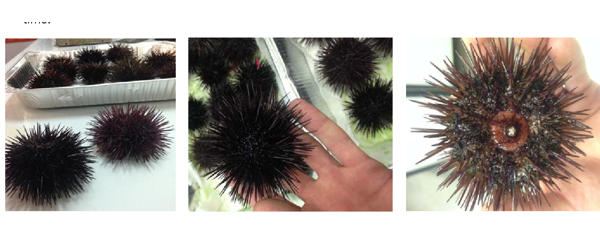
The researchers discovered significant differences in the bacterial communities found in the two urchin species. However, they discovered the same amount of variation in the microbiomes of individuals from the same species living in different habitats.
“This is the first study to look at the microbiome in these extremely common and ecologically important species,” said coauthor Robert (Bob) Miller, a researcher at the university’s Marine Science Institute. “We’re only scratching the surface here, but our research demonstrates how intricate these communities are.”
One type of bacteria found in both species is the same type that aids in the breakdown of wood in termite guts and may aid in the digestion of algae in sea urchins. Previous research suggests that these microbes could be autotrophic. “Some members of this group, like photosynthetic plants, can create their own food,” Paige Miller explained, “but they don’t use sunlight for energy; they use hydrogen.”
Although the authors warn against jumping to conclusions, discovering whether urchins can produce their own food would be a huge breakthrough. “We know the urchins can go for a long time without food,” Bob Miller explained. “And they can survive almost indefinitely in these desolate areas with scant food supplies. So, if they have their own little farmed food supply in their gut, this could really help them out.”
The findings also highlight the error of conflating these similar species. Paige Miller explained that when making decisions about resource use and management, people frequently treat species such as red and purple sea urchins as equivalent. Even ecologists are susceptible to this line of thought. “However, it’s critical to look at how these things actually work,” she added. “And, as we saw, if their microbiome is an indicator, the red and purple sea urchins are not necessarily functioning or eating in the same way.”
Understanding the composition and function of microbiota may aid researchers in recognizing the subtle differences between seemingly similar species. “Recently, people have begun to consider the microbiome as another trait that these species have,” said Bob Miller. “We wanted to see if there was a hidden source of variation that separated these two species.”
This study serves as a springboard for further investigation. The Millers and their coauthors intend to further investigate the function of the various microbes in urchin guts in the future. For the time being, identifying which species live in the prickly critters is the most important task.
“This is a new subfield of ecology,” said Paige Miller, “trying to understand what these microbiomes do and the role they play in the living organism out in the wild.”
